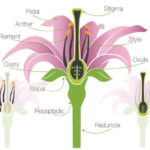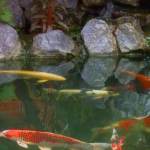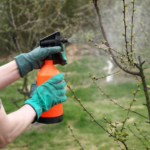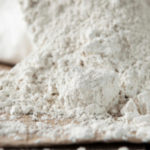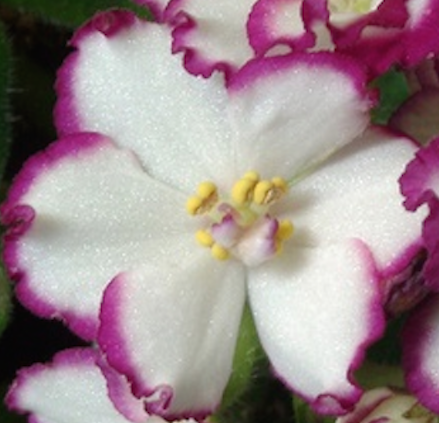
African Violets Care, Maintenance & Propagation
African Violets Growing Indoors as House Plants
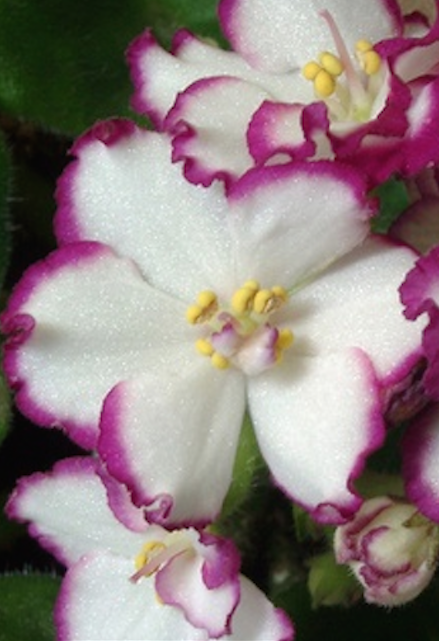 African Violets are perfect house plants grown indoors. They often have a reputation for being difficult to grow and care for however, with a few simple tips these houseplants are fairly easily propagated, cultivated and easily maintained. In Australia gardeners choose to grow their African Violets growing indoors on the kitchen window sill and they are usually cultivated through leaf cuttings or from small daughter plants. They normally are available either as trailing African Violets or as single crowned plants. Whichever type you choose to grow, they require the same propagation and care methods.
African Violets are perfect house plants grown indoors. They often have a reputation for being difficult to grow and care for however, with a few simple tips these houseplants are fairly easily propagated, cultivated and easily maintained. In Australia gardeners choose to grow their African Violets growing indoors on the kitchen window sill and they are usually cultivated through leaf cuttings or from small daughter plants. They normally are available either as trailing African Violets or as single crowned plants. Whichever type you choose to grow, they require the same propagation and care methods.
African Violets Care & Fertilising
Whether you’re starting African Violets from leaf cuttings or planting already established flowers, these plants need a good dose of tender loving care to successfully grow and flower. African Violets need a good amount of sunlight in order to grow, moreover, you should keep a thin curtain between the plant and direct sunlight. Alternatively, African Violets can be grown under fluorescent lights, most people place the lights 10 to 15 inches above the plants. As African Violets don’t like too much or too little water, getting the watering of your plant right is vital, most of the time the plant only needs watering when the top of the soil feels dry to the touch. Another important consideration is the type of fertiliser you use. If possible the ideal fertiliser is special African Violet fertiliser, which has a specific mix of types of compounds primarily which contains a low amount of Urea nitrogen, this fertiliser will encourage strong blooming whilst reducing the risk of the roots from burning. The soil mix for African Violets growing indoors should consist of one part of each of the following peat moss, vermiculite and perlite.
Why Won’t my African Violets Bloom?
When I bought my African Violets they were in bloom. So if they don’t flower again it can be frustrating for the grower. There are several ways to encourage your plant to flower, the first is ensuring you keep your African Violet in a small pot, about 4 inches / 10 cm, as any bigger will encourage leaf growth rather than flowers. Another good trick is to add specialised African Violet plant food to the water when you’re watering your plant. Also, keep in mind that African Violets often don’t flower for three months of every year, so if your plant isn’t flowering this could be perfectly natural.
How to Propagate African Violets From Leaf Cuttings
- African violets can be propagated easily from leaf cuttings.
- Take a healthy, fresh leaf and stem from the mother plant.
- Cut the leaf in half. Cut the leaf stem 2 to 3cm on an angle with scissors or a sharp knife to help the cutting roots grow.
- Mix half vermiculite and half coarse sand, or African Violet potting mix, to pot up your cuttings.
- Plant the cuttings in the propagation mix by making a shallow hole with a pencil in a small pot.
- Insert the hormone treated cutting, firming the soil around it and water in with lukewarm water.
- To provide humidity, insert wooden skewers into the soil and cover the cutting with a clear plastic bag.
- When new leaves appear, you can tell that the cuttings have matured.
African Violet Diseases
African Violets are fairly tough plants and are not known for being prone to diseases. This doesn’t mean that the plant is immune from disease, with this in mind normally if the African violet is infected, it is through poor cultivation by the grower, often through over watering the plant. Most of the time if the plant has a disease, it can be saved either through natural remedies or by using chemical fungicides. As with all diseases the earlier the infection is caught the easier the plant is to treat, so whenever you’re watering your African Violet always be vigilant and keep a look out for the signs of early contamination.
Best Way To Water Your African Violets
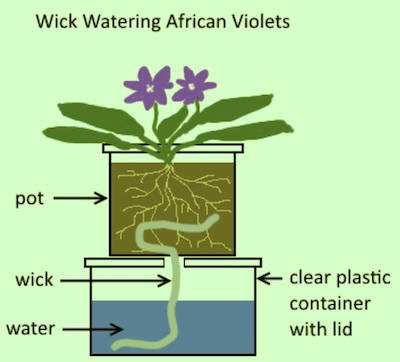 The vital tips to remember with African Violets is never to water them on the leaves or the crown if this does happen, tip the pot on its side and let the water run off incidentally when you water African Violets always use lukewarm water. The most common cause of death for African violets is overwatering, for this reason, it is imperative that the plant’s soil is never drenched with water this means not to leave African Violets sitting in water. If you think that you will overwater your African Violets because you are a beginner gardener best you buy a wick watering system or make one. This entails a cord that is placed in the centre of the potting soil and dangles into a special African Violet tray beneath that holds water, this tray has a ledge that the pot with soil sits on above the water and the cord dangles down into the water tray. The cord sucks up the water and the African Violet cannot be overwatered. This self watering system makes it a breeze for growing African Violets growing indoors in Australia.
The vital tips to remember with African Violets is never to water them on the leaves or the crown if this does happen, tip the pot on its side and let the water run off incidentally when you water African Violets always use lukewarm water. The most common cause of death for African violets is overwatering, for this reason, it is imperative that the plant’s soil is never drenched with water this means not to leave African Violets sitting in water. If you think that you will overwater your African Violets because you are a beginner gardener best you buy a wick watering system or make one. This entails a cord that is placed in the centre of the potting soil and dangles into a special African Violet tray beneath that holds water, this tray has a ledge that the pot with soil sits on above the water and the cord dangles down into the water tray. The cord sucks up the water and the African Violet cannot be overwatered. This self watering system makes it a breeze for growing African Violets growing indoors in Australia.











